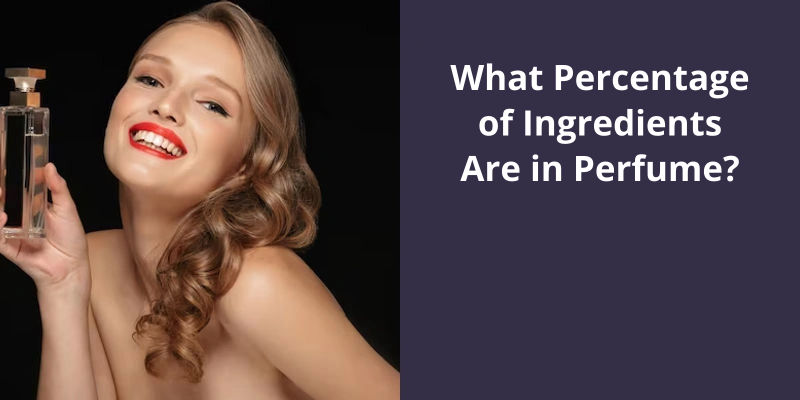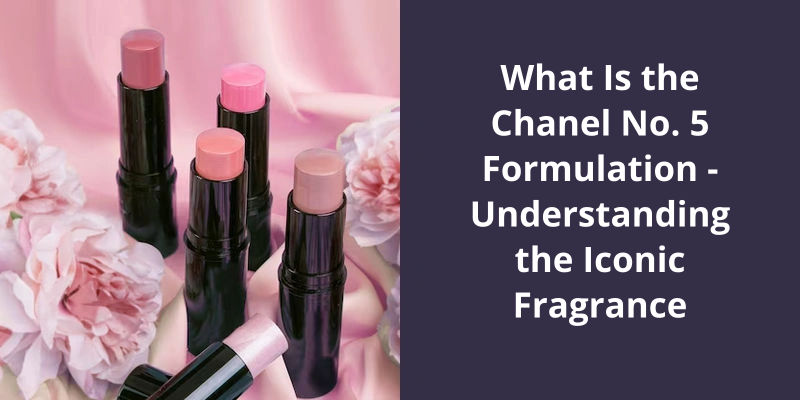Cashmeran Wood, often considered a synthetic compound, is popular in the perfume industry for its distinct, musky scent. Striking a delicate balance between woodland fragrances and undertones of spices, it’s favored due to its versatility in creating various perfume profiles. Unique for its ability to mimic the smell of velvet-like wood, amber, and musk all at once, it provides a depth to fragrances that is hard to achieve with other ingredients. It’s also highly long-lasting, making it a preferred choice by manufacturers who want their perfume to remain noticeable for extended durations.

What Is the Use of Cashmeran?
Cashmeran is a synthetic material that finds it’s most common use in the world of perfumes. It’s unique aroma lies somewhere between woods and musk, making it a versatile and sought-after ingredient for fragrance creation. While it can be used in relatively small amounts to amplify woody, aromatic, powder, musk, and leather facets, Cashmeran can also be used in higher doses to create novel effects.
In perfumery, Cashmeran plays a crucial role in adding depth and complexity to a fragrance composition. It’s woody nuances bring warmth and richness, while it’s musky undertones add sensuality and depth.
It adds a touch of elegance and sophistication, enhancing the overall character of the perfume. It’s powdery facets make it a popular choice for creating cozy, comforting scents, evoking the feeling of soft cashmere against the skin.
With it’s intense and bold aroma, it can be the star of the show, making a strong and memorable impression.
It’s use ranges from amplifying the woody and musky facets of a fragrance to creating novel and innovative effects.
The History and Origin of Cashmeran as a Synthetic Material
Cashmeran is a synthetic aroma chemical that’s used widely in the fragrance industry. It was first synthesized in the early 1970s by chemical company IFF (International Flavors and Fragrances). The name “Cashmeran” was inspired by the note’s warm and soft characteristics, reminiscent of the luxurious feel of cashmere fabric.
Originally, Cashmeran was intended as a substitute for the natural fragrance molecule known as ambergris, which was used in perfumery for it’s deep, animalic scent. However, due to ethical and regulatory concerns surrounding the use of animal-derived ingredients, the fragrance industry sought alternative options.
Cashmeran soon gained popularity for it’s musky, woody, and amber-like qualities. It blends well with a variety of other fragrance ingredients, enhancing their longevity and providing a rich and complex scent. This synthetic material has become a staple in modern perfumery, used in a wide range of fragrances for both men and women.
With it’s versatile nature and ability to mimic natural ingredients, Cashmeran has revolutionized the fragrance industry, offering perfumers a sustainable and consistent raw material. It’s unique aroma adds warmth, depth, and sophistication to perfumes, making it a beloved note in many popular fragrances today.
Cashmere wood, also known as cashmeran, is a synthetic ingredient frequently used in luxury perfumes and high-end cosmetic products. It’s versatile and sustainable nature allows perfumers to create fragrances that are soft, warm, and sensual. Though entirely synthetic, cashmere wood captures the essence of natural wood, making it a popular choice for those seeking a sophisticated and elegant scent.
What Is Cashmere Wood in Perfume?
Cashmeran wood is a key ingredient in many perfumes and cosmetic products, adding a luxurious and sensual touch to the fragrances. It’s a synthetic compound, completely man-made, making it a sustainable choice for the fragrance industry. Despite it’s name, cashmere wood doesn’t come from trees or plants, but is instead a synthetic molecule created in a laboratory.
The molecular formula of cashmere wood is C14H22O, and it’s a molecular weight of 206 g/mol. As a white solid at room temperature, it’s a melting point of 27 °C. It’s been reported to have a boiling point of 256 °C, although some tests have observed decomposition at temperatures as low as 220 °C.
What sets cashmere wood apart is it’s soft, warm, and sensual qualities. These characteristics make it perfect for creating fragrances that exude an air of luxury and sophistication. Cashmere wood adds depth and complexity to perfumes, creating a long-lasting and captivating scent.
It pairs well with floral, fruity, and woody scents, allowing perfumers to create unique and captivating compositions. It’s soft and warm aroma gives perfumes a cozy and comforting aura.
It’s sensual qualities enhance the overall experience of using these products, leaving consumers feeling pampered and indulged.
Not only does it enhance the overall scent, but it also adds a touch of sophistication and luxury to the finished products.
Source: What does cashmere wood smell like? – Fragrenza
Conclusion
It’s versatility allows it to enhance several olfactory facets, ranging from aromatic and powdery to musky and leathery. It’s synthetic nature grants perfumers unlimited possibilities for creating captivating fragrances that stand out in the crowded world of scents. With it’s ability to add depth and complexity to compositions, Cashmeran wood has become a beloved ingredient in the perfume industry, captivating both fragrance enthusiasts and casual consumers alike.





